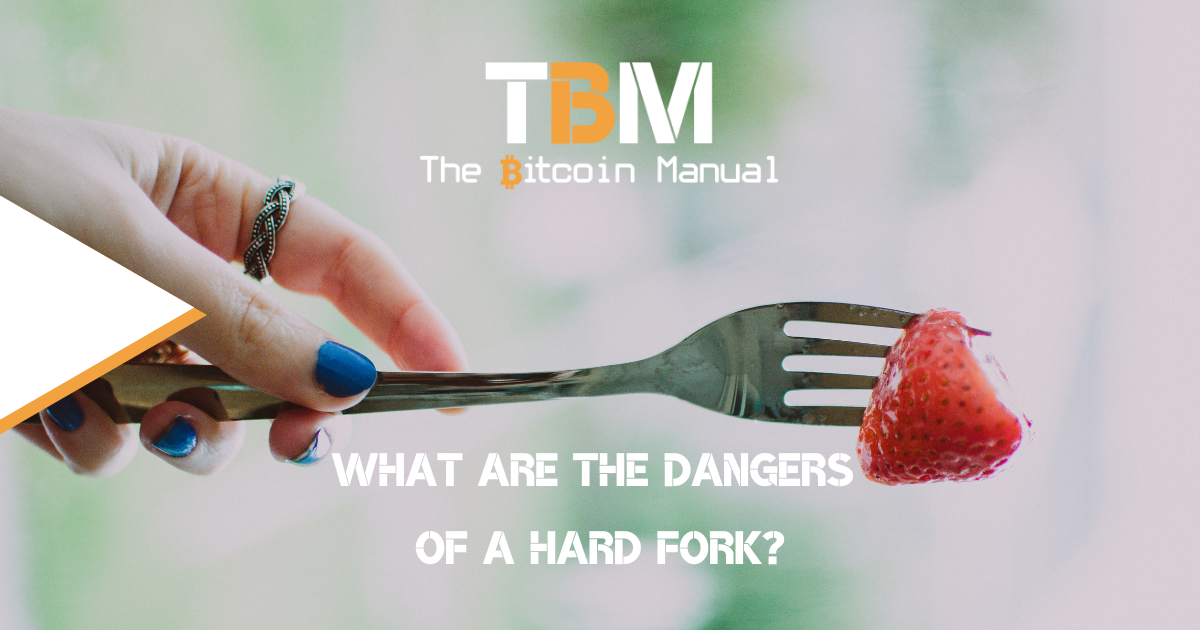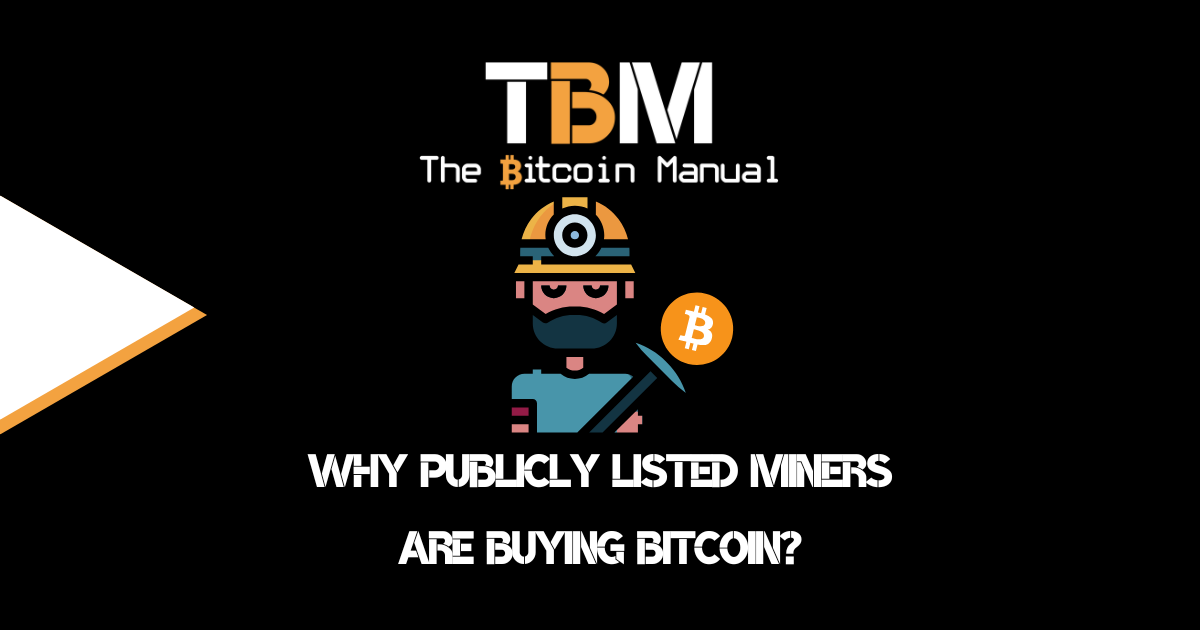If you plan to put the fruits of your labour into a monetary network, you would probably like it to be around for the foreseeable future to remain consistent and provide you with a reliable service you can verify at any time. This is one of the promises of the Bitcoin network; you would have an open ledger anyone can audit, a fixed supply you can audit and a simple set of rules for broadcasting and securing transactions.
That’s what you sign up for when you take self-custody on the Bitcoin blockchain, and that system’s certainty provides a base for other users to come in and store their wealth in the network. But that certainty can be upset should a loud enough cohort want to push for changes to the protocol.
Changes can be added to Bitcoin Core, and nodes would happily run it should they improve the network and operations without too much disruption, while drastic upgrades that change consensus can result in a hard fork.
What is a hard fork?
A hard fork in the context of Bitcoin refers to a significant change in the protocol that results in a new software package that nodes would need to run. If nodes begin to run this new software, they understand that this version is not backwards-compatible, resulting in the creation of a new blockchain branch that diverges from the original one.
If everyone were to agree that the hard fork was the best course of action, the old chain would fall away as no one would support it, and the new chain would be the replacement and seen as the original chain.
If there is a disagreement, you would then have a situation where a certain network of nodes and miners stick to one chain, and another group continues on with another; in this hard fork situation, you have a chain split.
During Bitcoin’s history, we’ve seen one major hard fork thus far, which resulted in the creation of Bitcoin Cash (BCH). This network, chain and coin were launched as a controversial hard fork, coordinated by community members who felt that scaling required a block size increase from 1MB to 8MB.
Since this change would not be compatible with the primary Bitcoin Network, BCH holders moved to their chain that would compete with Bitcoin (BTC) for users, miner interest and liquidity.
Why do hard forks occur?
The need for change usually drives hard forks; this usually involves implementing new features or addressing fundamental issues to the current implementation, such as increasing the block size or adding tail emissions. When a hard fork is pushed live, a change to the blockchain network protocol makes previously invalid blocks and transactions valid, or vice versa.
Nodes running the old version of the software will no longer be able to communicate with nodes running the new version, and the network will be split into two chains.
Chain split
As mentioned previously, a hard fork results in the splitting of the network into two chains. This can lead to confusion and uncertainty among users, making it challenging to maintain consensus on the state of the network. When a chain split happens, users with coins on the old chain will receive an equal amount as they had on the other chain.
Wallets and exchanges will need to support both chains and then make markets allowing users to trade between the two chains as they decide what allocation they want to each network.
If the selling pressure of one chain’s assets outstrips the demand of the other, you’ll see the price change; while it may begin as 1 BTC = BCH on launch, maintaining that peg becomes harder if you cannot convince people that your chain is worthwhile.
Chain splits are also delusionary as you create a new set of assets for people to purchase and can capture demand that would have gone into one network and one asset before the fork.
Security vulnerabilities
A hard fork can also introduce new security vulnerabilities into the network. This is because the new code may have yet to be thoroughly tested and may contain bugs. The hard fork might be based on code running fine for many years, but that doesn’t mean a new implementation cannot compromise the code base.
If a vulnerability is introduced with the hard fork, it could result in hackers being able to exploit it and extract funds from users or from the network. This can happen if users don’t update their software to the new version or their nodes are not communicating with the right network.
Loss of funds
A new network might have a different address format resulting in users burning coins. If a user isn’t paying attention, they could lose funds by sending Bitcoin to an address no longer valid on the new chain.
Loss of compatibility
A hard fork can introduce changes that are not backwards-compatible, meaning that the new chain may not be compatible with existing Bitcoin infrastructure, software, wallets, or exchanges. Additionally, certain wallets or exchanges might want to avoid supporting that new network and stick with only supporting one, making it harder for users to interact with the chain they prefer.
Bitcoin holders may need to upgrade their software or migrate their holdings to new wallets supporting the hard-forked chain, or move to a multi-chain wallet to access all their funds.
Economic disruption
A hard fork can also disrupt the economy of Bitcoin and drive uncertainty and speculation in the market, and temporarily suppress pricing. As the hard fork rolls out, the media publications can raise uncertainty around Bitcoin, driving away potential investors, while investors who hold Bitcoin but have a low conviction might sell off and reduce exposure as they wait to see what happens.
Investors on each side of the fork will want to get as much of the asset they prefer, and as trade between the two assets increases once exchanges and P2P markets support both pairs, you can see plenty of volatility as investors battle it out.
The claim process for the new fork could also cause issues with who can access their assets on the new assets and how many even bother to claim those assets.
Resource splits
If a chain is split, miners will need to choose where they point their hash rate; they can choose one chain and focus on supporting that network; they could split their operation to support both networks or, if possible, merge mine and support both networks.
If one network doesn’t get sufficient support from miners after the fork, it could be subject to certain attacks like:
Replay attacks
An attack where a malicious actor takes advantage of a hard fork to double-spend their coins. This can happen if the hard fork does not introduce replay protection, which is a mechanism that prevents transactions from being valid on both chains.
51% attacks:
A 51% attack is a type of attack where a malicious actor gains control of more than 50% of the mining power on a blockchain network. This gives them the ability to censor transactions, reverse transactions, and even create new blocks.
Community division
A hard fork can also divide the community behind the blockchain network. Forcing people to choose a network can lead to infighting and disagreements, making it difficult to move the project forward; this can lead to a loss of support from certain developers or projects, and one network will be poorer for it.
Scams and phishing attacks
Hard forks can create opportunities for scammers and phishing attacks as inexperienced users look around for surety or confirmation of their investment status. Malicious actors can exploit the confusion and lack of information surrounding the hard fork to trick Bitcoin holders into disclosing their private keys or sensitive information.
Bitcoin holders must exercise caution, verify the authenticity of any communication or instructions, and rely only on trusted information sources. The best course of action during a chain split hard fork is to sit on your funds and wait it out; the worst that can happen is you get less liquidity to dump into when you finally decide to get rid of the failed forks assets.
Hard forks are a hard sell.
Hard forks are massively disruptive and require users to choose a side and back it with their sources or their funds and should be a last resort when deciding the future direction of a chain. They should only be used to resolve a serious problem with the blockchain network that would either result in a critical failure or if there is a unanimous agreement by all nodes that this change is for the best.
Hard forks can also introduce new dangers, such as replay attacks, 51% attacks, and economic disruption, and with very few investors understanding the debates, the technology, the trade-offs and the changes, the uncertainty alone can drive panic.
Due to the backlash a hard fork can cause and the resistance it can face from nodes and other network participants, it will always be a hard sell.




